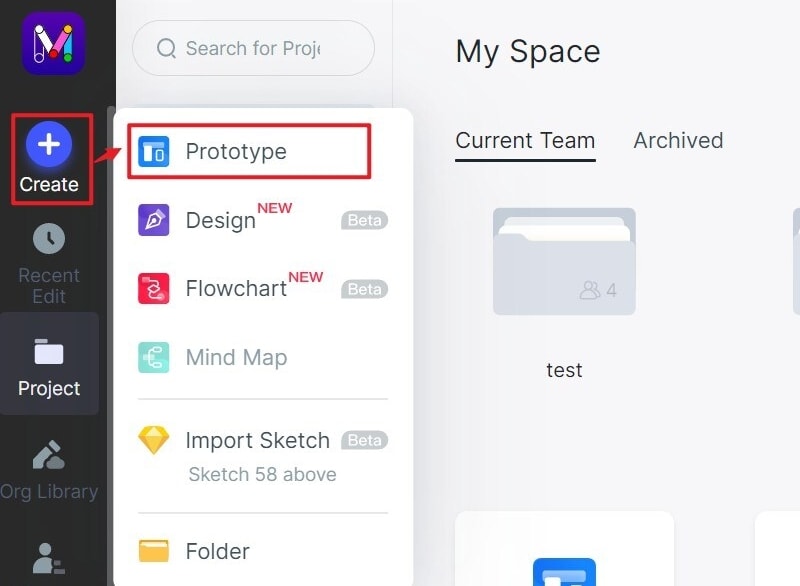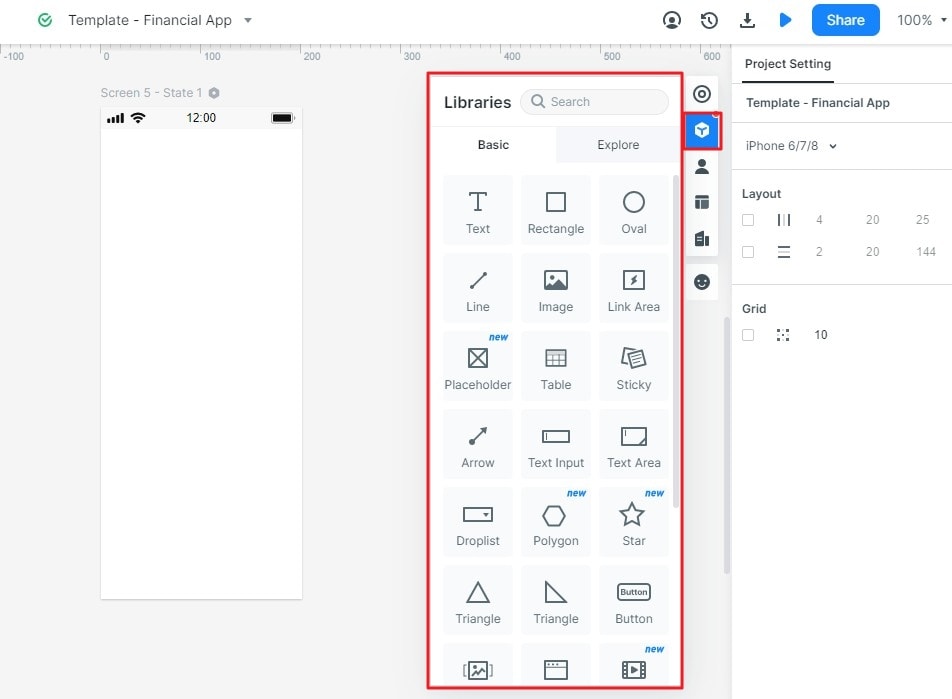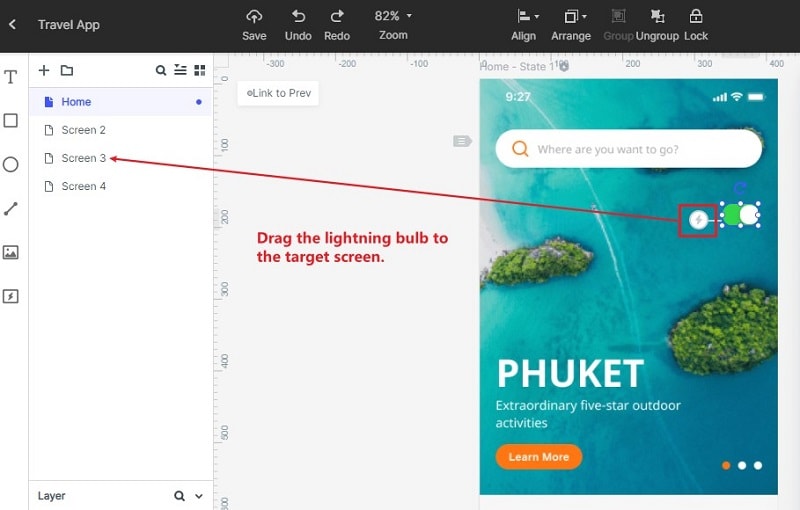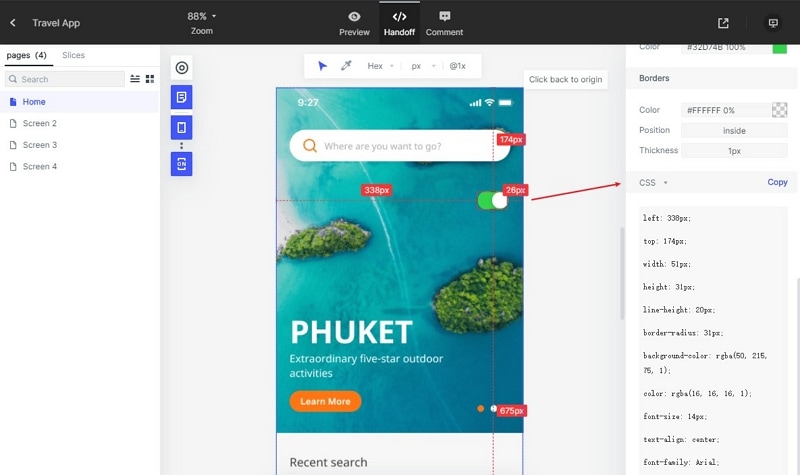What is a Software Engineer and How to Become a Software Engineer
A software engineer is a significant person in the current digitally-advanced space. According to various studies, the software engineers market has risen over the past years and is not wane. Unsurprisingly, there are droves of people who cannot define the role of a software engineer. If you have a passion for software engineering, then you are in the right place. This article takes you through a software engineer's role and how to become a computer software engineer.
- Part 1. Introduction about Software Engineer
- Part 2. How to Become a Software Engineer
- Part 3. Differences among Senior, Principal, Associate, Entry Level Engineer
- Part 4. The Best Tool for UX Design and Prototyping
What Does a Software Engineer Do
As the name suggests, a software engineer is a professional who applies engineering principles and programming languages to develop software that solves people's needs. A software engineer is simply a computer science professional.
The software engineering profession is wide and hence software engineers cannot be simply defined by software building alone. Software engineers offer different sets of services ranging from collaborating with other professionals to build, maintaining network security, working with software users to determine their needs. They also develop and test systems or applications, document systems or applications for easy future maintenance, and create customer-tailored web pages. In their roles, software engineers will interact with professionals like marketers, graphic designers, project marketers, data scientists, development teams, senior management, and senior system architects. The major types of software engineers are applications and systems developers. However, there are also other categories of software engineers like application architects, quality assurance analysts, database administrators, and mobile developers.
How to Become a Software Engineer
There are scores of people out there who really want to become software engineers. Perhaps the question that often crisscrosses their minds is how to become a software engineer. The following are some of the ways to become a software engineer.
1. Get Software engineering Education
Finishing formal education in software engineering is the first step to becoming a sound software engineer. You can enroll for an associate degree, bachelor's degree, or attend a coding bootcamp. An associate degree would take two years while a bachelor's degree takes four years. Bootcamp is a relatively new path and takes approximately eight to twelve weeks.
2. Internship
An internship provides a platform for graduates to apply their class theory in the real world. Most technology companies would offer internship opportunities where students work on specific projects.
3. Find an Entry-Level Job
An entry-level job is a good starting point to build your career as a software engineer. It gives you a proper framework to get slowly eased into real-world software engineering demands.
4. Attend Conferences
With technology and people's needs evolving more rapidly, you need to speed with them. By attending software engineering conferences, you will be bombarded with some of the industry's latest trends and developments.
Differences among Senior, Principal, Associate, Entry Level Engineer
In the engineering career, there are several engineers based on the level of experience and education. The major levels are senior, principal, associate, and entry-level software engineer. They differ as follows.
1. Principal Engineer
A principal software engineer is a highest-ranked engineer with experience of about 15 years and above. They are seen as engineering authorities and report directly to senior company management. Their job demands that they have leadership skills, communication skills, and creativity to find innovative ways of approaching projects and arising issues. Some of the common responsibilities include doing strategic planning for the company, setting goals/targets and implementing them, staff motivation and collaboration, sharing expertise, and other important engineering knowledge.
2. Senior Engineer
A senior engineer and a principal engineer have many similarities in experience, qualification, and roles. However, a senior engineer is junior to a principal engineer. A senior engineer is more experienced and has authority over the staff engineers. They may work in offices, labs, or frequently visit sites to check engineering projects' status and progress. Unlike principal engineers, senior engineers report to the leadership of their department. A senior engineer's responsibilities include writing reports and proposals, long-range project planning, staff mentoring, customer presentations, and negotiating with vendors and service providers.
3. Associate Engineer
An associate engineer is below a senior engineer but above staff engineers in terms of authority and experience. He acts as a link between staff engineers and senior engineers. He/she assists in the design, development, and repair of systems/machinery/components. The associate engineer work in tandem with senior and staff engineers to create system/equipment prototyping, carry out tests and inspections within the workplace safety and health guidelines.
4. Entry Level Engineer
An entry-level engineer is a junior engineer in the company. Most of them have graduated from internship programs and have less experience in the engineering field. They design, build and maintain the functional aspects of a product/system/component. They are given fewer responsibilities until they gain enough experience to take up more demanding tasks.
The Best Tool for UX Design
Wondershare Mockitt is no doubt a powerful and top pick tool for UX design. It has numerous UX design resources ranging from templates, widgets, icons, and components that transform how you create designs. You simply pick and design resource, drop it on the editing area, and start editing your UX components without a struggle.

To make your designs more eye-catchy and interactive, use animation features to turn static designs into interactive ones. For UX designers working as a team, the collaboration features will bring all team members to the same page. This way, team members can comment and share feedback in real-time. Wondershare Mockitt is an easy to use, fast, affordable, and feature-rich program. This makes it an appropriate UX design tool for all sizes and kinds of organizations.
Key Features
- This program allows users to create interactive UX designs through object/screen links and event options.
- Wondershare Mockitt supports real-time collaboration and hence UX designers can collaborate on the same page.
- It has plenty of UX design resources, including widgets, templates, UI assets, and icons.
- Since it is cloud-based, users can create designs without space or device limitations.
- Users can trace up to 10 versions of the same project.
Step 1. Create a Project
After logging in to Mockitt, go to the "Personal Space" tab followed by "Create"> and then "Project." This should open the "Create New Project" dialog box. Here, enter the project name, select device, and click "Create" to start creating your UX design.

Step 2. Add UX Design Components
Go to the "Widget" section, select the desired UX design widgets, and drag them to the editing area. Click the Widget drop-down arrow to choose the category of widgets you want to add. Click on the "Icons" tab to access icon options. Insert these UX design components to individual screens on your project.

Step 3. Create Interactions
When you are done with the designs, you need to link them to create interactions. Click on a clickable object and drag the arrow to the desired screen. Repeat this for all other UX objects and screens that should be linked.

You can add more interactions through "Event"> "Create Link."
Step 4. Preview the UX Design and Hand Over to Developers
Hit the "Preview" button to interact with your UX design. To hand it over to developers, click the "Handoff" button, then copy the respective CSS code.


